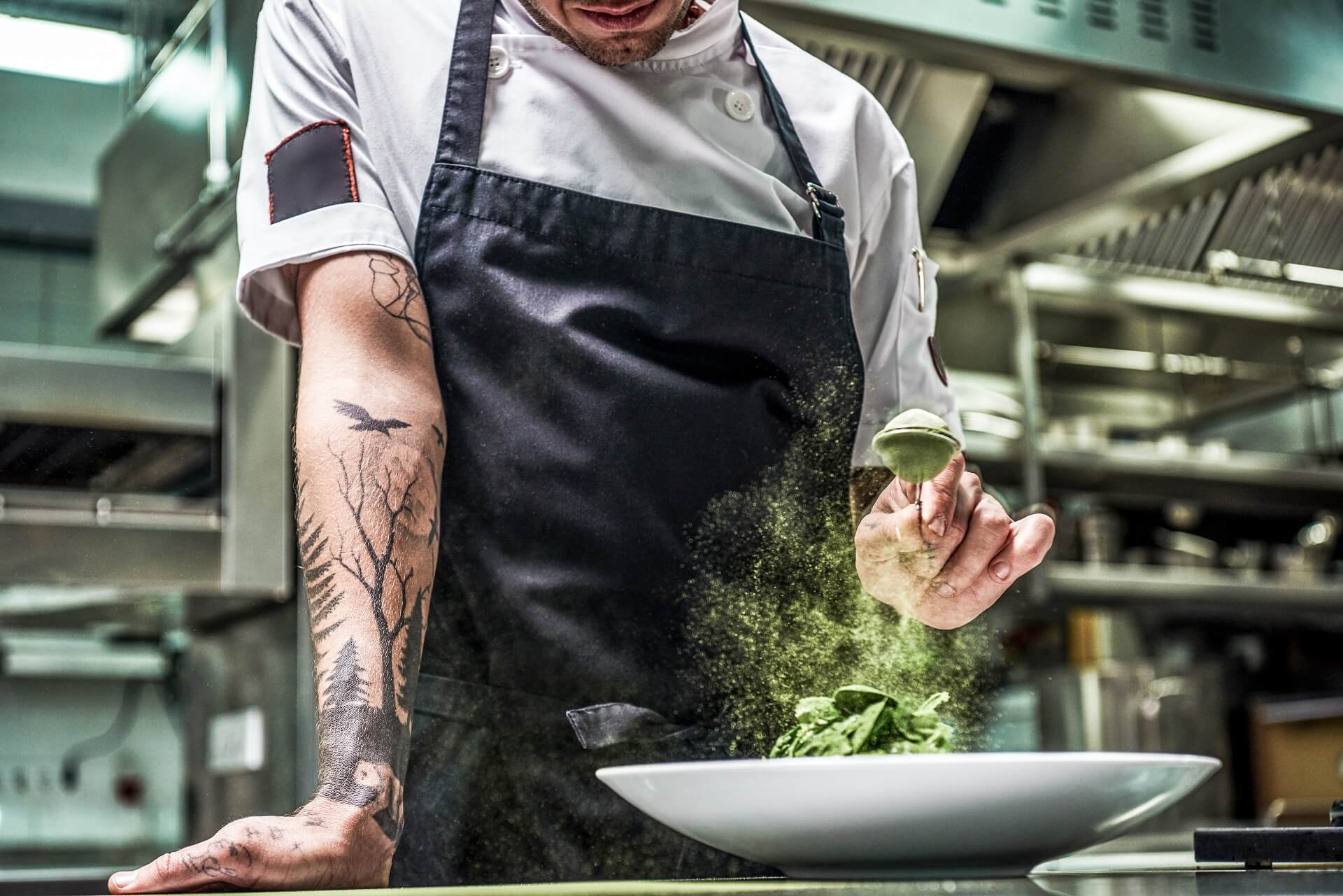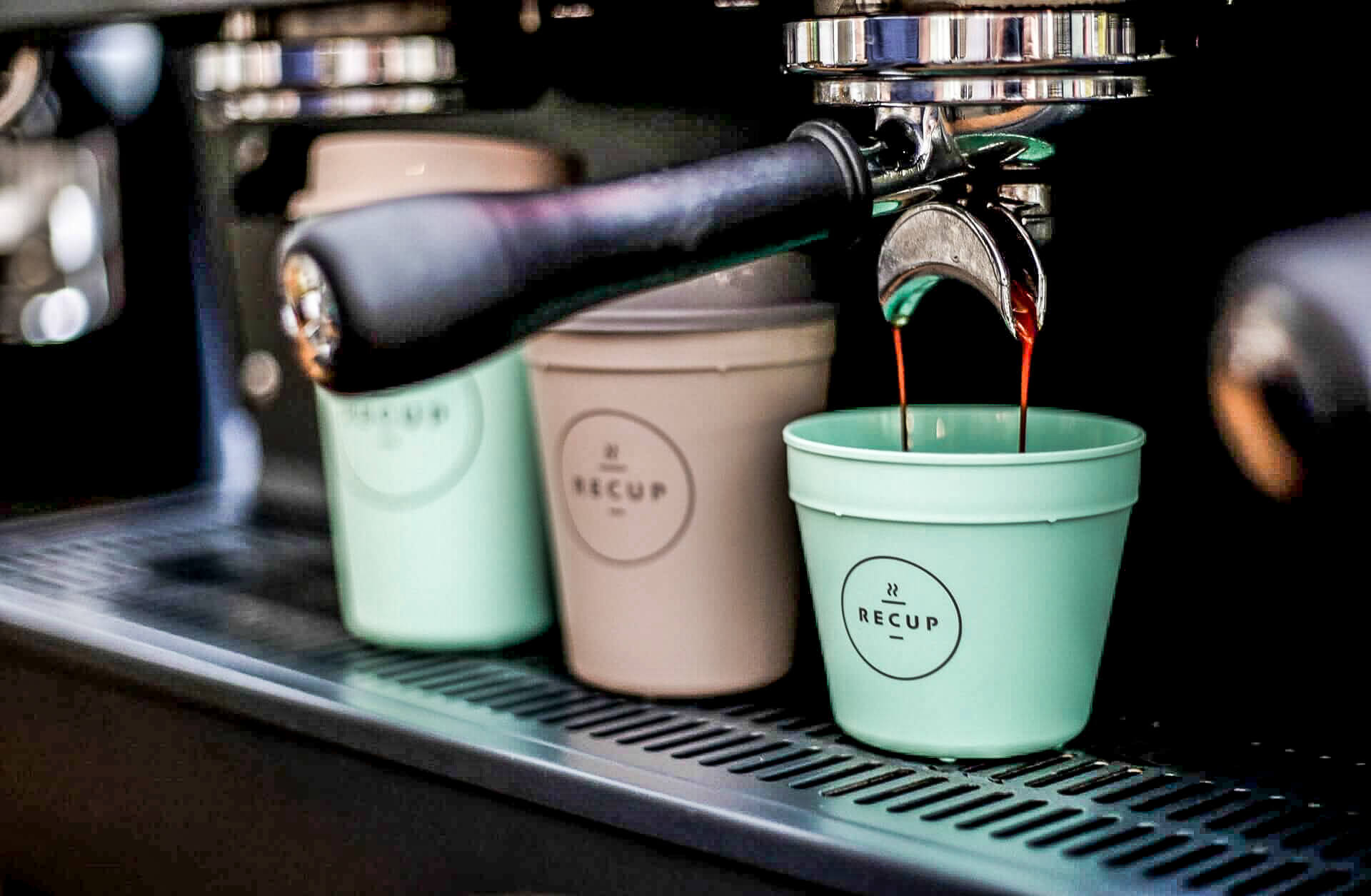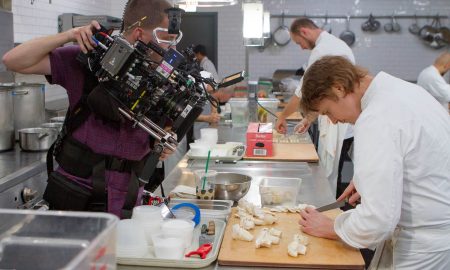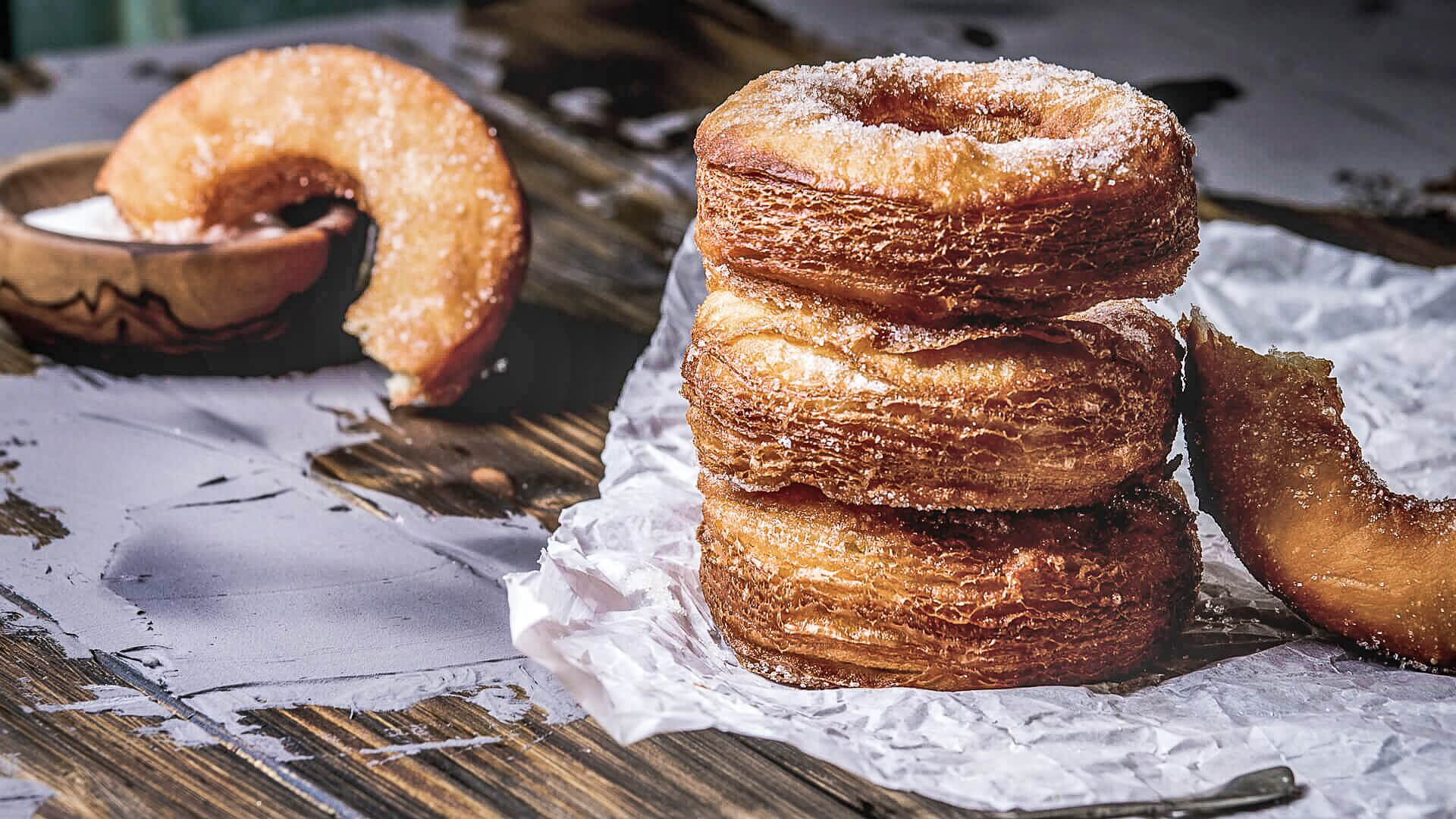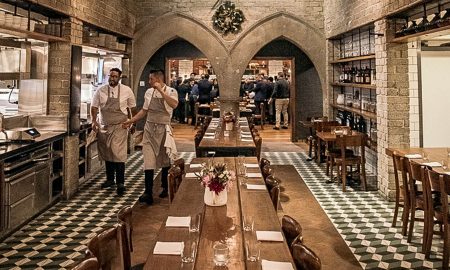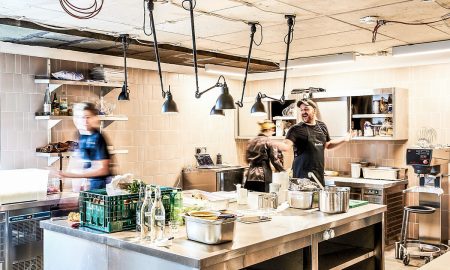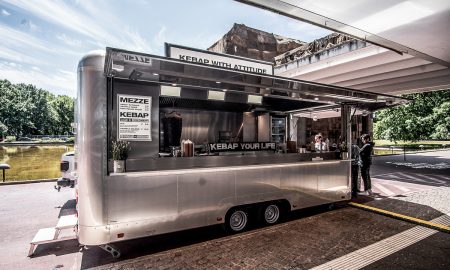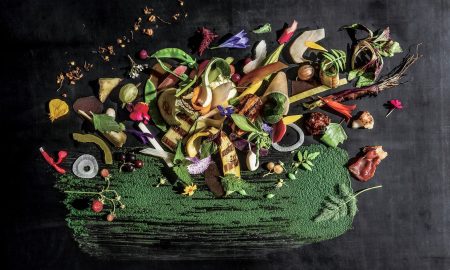Against all odds restaurant operators have adapted their services despite living in an ongoing pandemic world. 2022 brings new hope that not only will a new-normal life resume, but that foodservice operators will continue to do what they do best: thrive and adapt to be at the top of their game.
This list is a look at ten top foddservice trends taking operators forward into 2022 in a world still impacted by Covid-19.
1. Plant-based food
Gaining mainstream attention in 2021 and predicted to grow exponentially in the coming year, plant-based foods are a trend here to stay. Whether it is the latest plant-based meat alternatives or the rise in popularity of dairy free milks such as the potato milk fad, eating healthier, greener, and most importantly, cutting out meat is intrinsic to industry success.
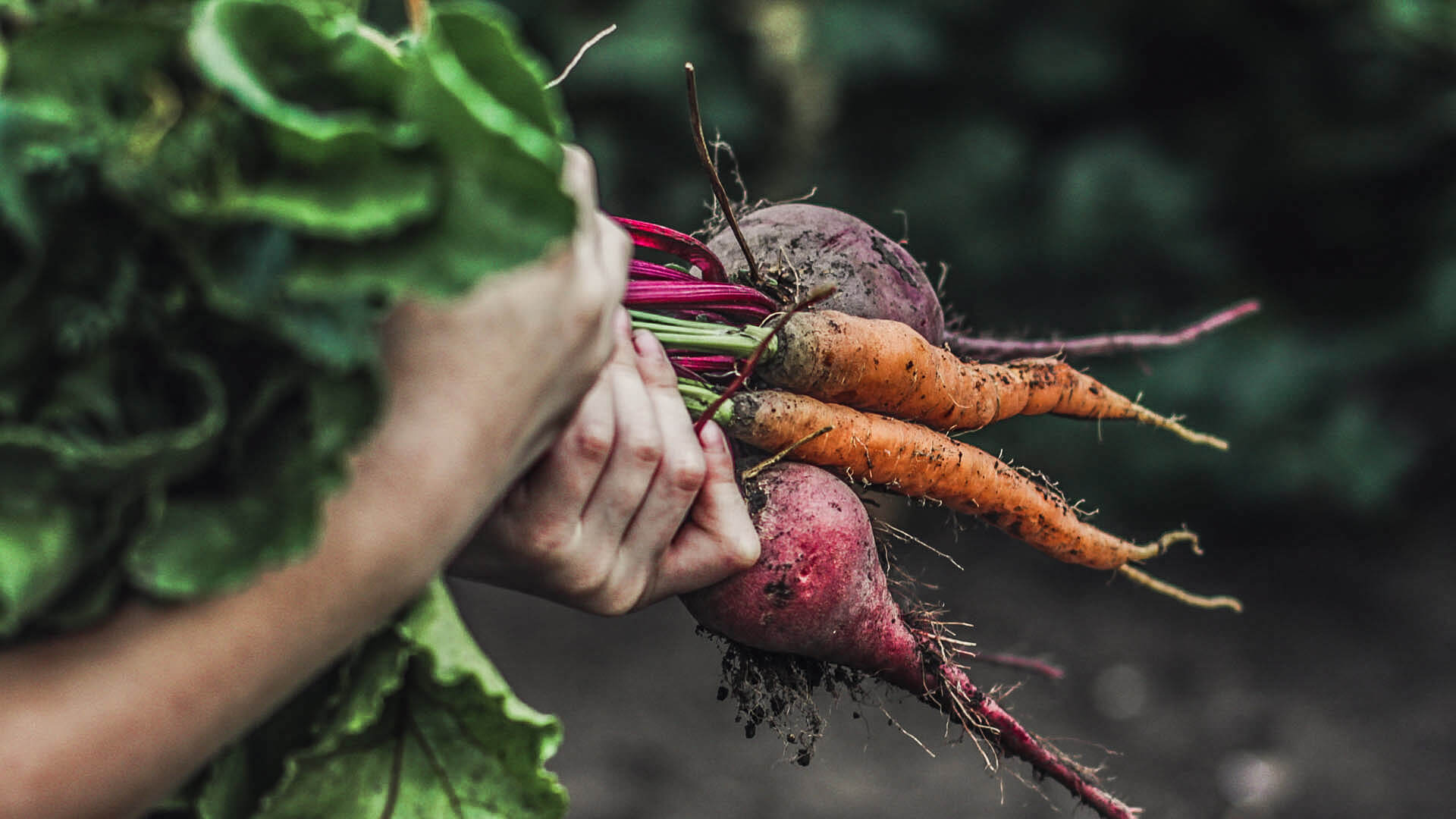
Image: Instock
According to a new report by Bloomberg Intelligence the global plant-based market will grow from US$30 billion in 2021 to a staggering US$160 billion by 2030. Rudy Miick FCSI of The Miick Companies emphasizes these statistics saying: “Anybody who thinks plant-based and vegan alternatives is a fad that’s fading better wake up.”
2. A sustainable future
Savvy operators are quickly understanding that sustainability isn’t just a buzzword for woke younger patrons, but in actual fact is a smart business choice. “Anybody smart in the chain world is heading in a sustainable direction,” says Miick. The foodservice giants have woken up to the realization that adopting sustainable operating procedures is an investment in their own future.
Environmental sustainability is a big deal from equipment to packaging, Miick warns that resistance to this trend could have negative consequences for both the planet and the operators’ pocket. “There is a host of operators, especially smaller and older operators that are making excuses to not join into sustainability,” working towards a green future in all aspects of the foodservice industry is a trend that is going to keep growing, leaving those opposed behind.
3. Less alcohol
The Covid-19 pandemic and the subsequent concern for better health is likely to have accelerated an already fast-developing trend in the US for less alcohol consumption. Restaurant operators are adding more alcohol-free options to their menus: mocktails and alcohol-free beers are set to be a popular option this coming year.

Image: Shutterstock | zjuzjaka
4. Global cuisine
Global cuisine has migrated with travel, business, and curiosity. With people home-bound for most of 2021 due to the Covid-19 pandemic halting mainstream travel, consumers looked to getting their fix of travel and culture through the food their could recreate and order at home. The integration of global flavors into people’s everyday life and restaurant cravings has increased forthwith: “This rising global awareness of ingredients is such an exciting trend for 2022,” says Miick.
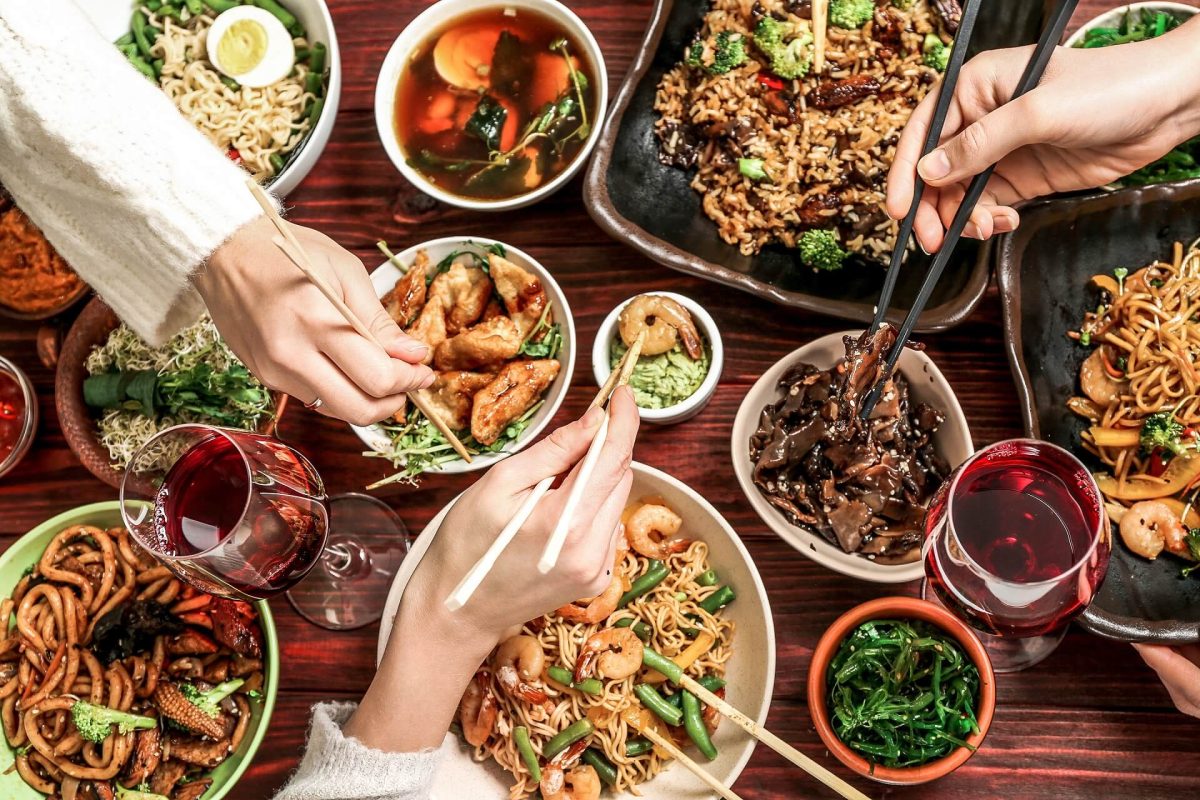
Image: AdobeStock | Pixel-Shot
5. Social media
Creating a captivating presence on social media is no longer a space reserved just for celebrities and ‘influencers’, with video platforms gaining traction anyone can post food content; from your average home cook to Michelin star chefs competing for the social media limelight. Chefs and the restaurants they serve need to maintain a fresh, frequently renewed online presence to stay relevant in the 21st century world of online ordering and content consumption.

IMAGE: ADOBESTOCK | URUPONG
PR guru and head honcho at Leapfrog PR in the UK, Felicity Read stresses the importance of a clear social media presence and strategy: “All restaurants need to have at least a Facebook account for sheers numbers and an Instagram feed for engagement.”
“It’s important that social media is done in the right way,” says Read, “It’s very tempting to just pump lots of pictures out but that’s just a one-way street. If you want to grow your business you need to think about how you can engage with your audience; use relevant hashtags and involve other local businesses so that you’re not just talking to the same people all the time.”
6. Shifting restaurant layout
With the continued growth of take-out food continuing into 2022 and beyond, up-and-coming restauranteurs are adapting their restaurant layout to accommodate for larger back-of-house spaces. “If we were building a concept restaurant in LA or London, even if I had a full-service segment we would build smaller front with fewer seats, to accommodate for a larger kitchen built to carry out full-service and delivery demands,” says Miick.

Image: AdobeStock | oneinchpunch
7. Resurgence of fine dining
Stripped of real-life experiences in restaurants earlier this year, people are craving in-person dining experiences. Karen Malody FCSI, founder and president of Culinary Options believes fine dining experiences are set to soar in 2022 in tandem to the continuing growth of fast casual offerings. “Quick service restaurants [QSR] are not offering experiences so much as they are allowing consumers to fill their bellies with good food in a fast and convenient way. Only fine dining allows people to fix their craving for real meaningful dining experiences.”
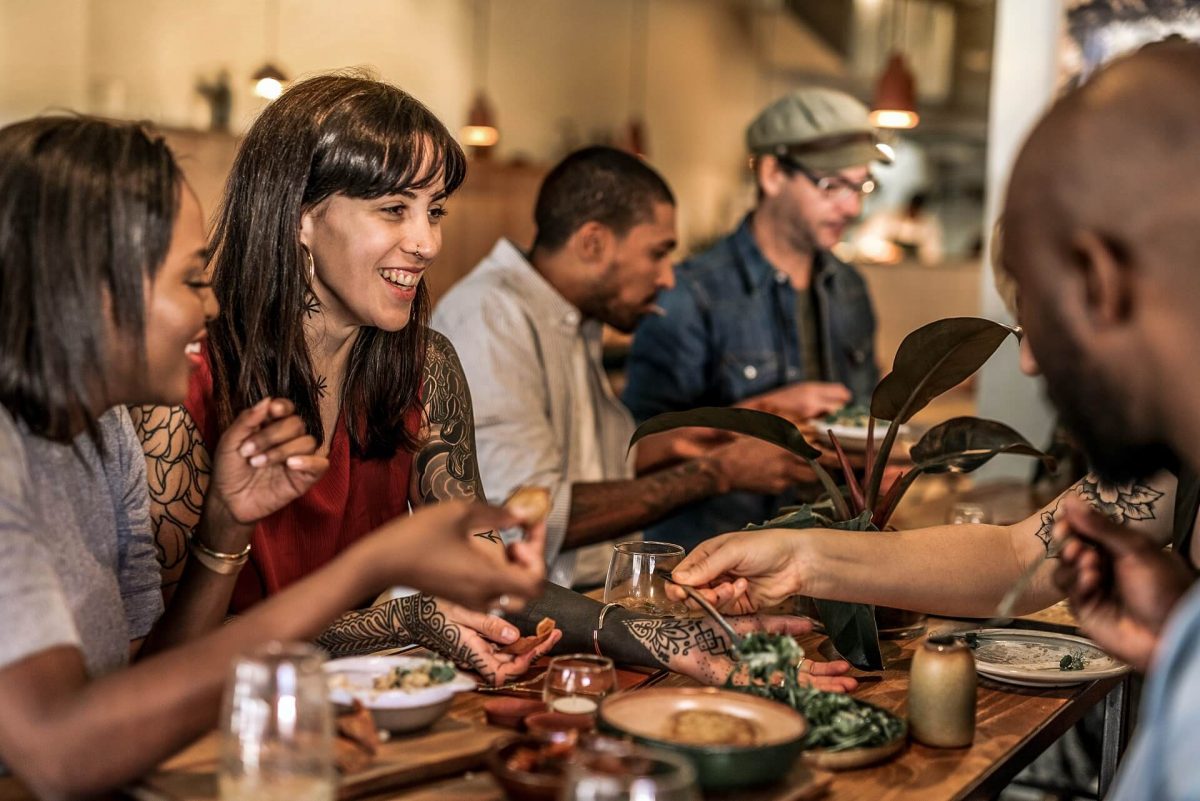
Image: AdobeStock | mavoimages
8. Ghost kitchens
Take-out food is here to stay and so are ghost kitchens. Becoming a far more common place concept, operating under a series of pseudonyms, dark, cloud, ghost or virtual kitchens are purpose-built kitchens designed to purely deliver take-out food. During the height of the pandemic the rise of ghost kitchens soared with restricted access to bricks-and-mortar venues, emerging restaurants took their services to dark kitchens to meet growing demands.
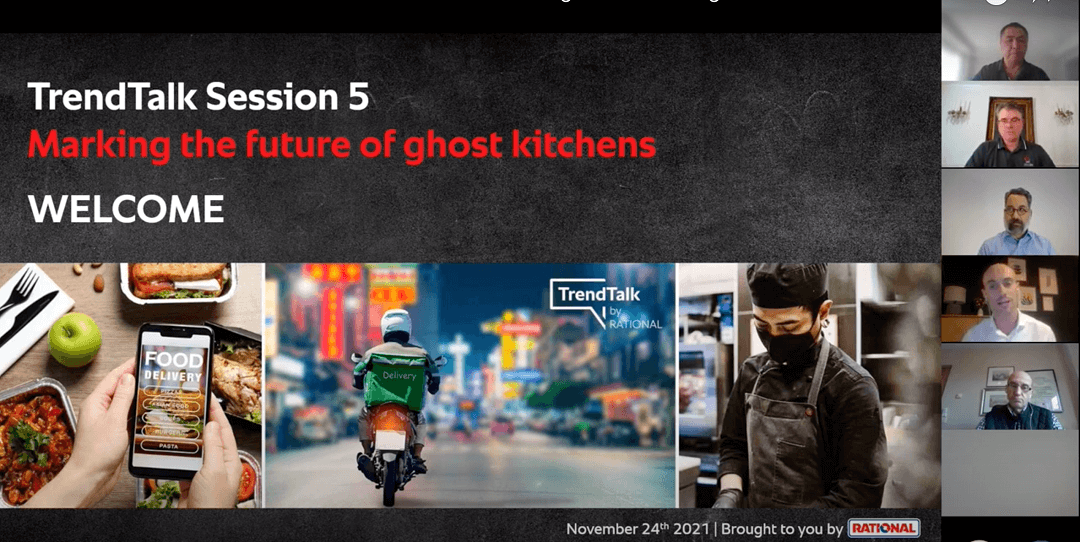
Image: Rational
“The key to a successful ghost kitchen is flexible equipment and workflow as the brands housed inside a virtual restaurant can change overnight. Using relevant machinery and optimising workflow are the next steps for the industry,” says Stephan Leuschner, TrendTalk Master and Director of International Key Accounts at Rational AG.
9. Virtual restaurants
The launch of DJ Khaled’s Another Wing was the largest ever virtual restaurant opening, launching on three continents and 165 locations simultaneously. As restaurants continue to recover from the ongoing pandemic, reliance on food delivery brands is set to continue. Virtual restaurants are constantly evolving, refining concepts, and developing their optimization. In 2022 virtual restaurants will be a far more commonplace concept, set to dominate the food-delivery industry.
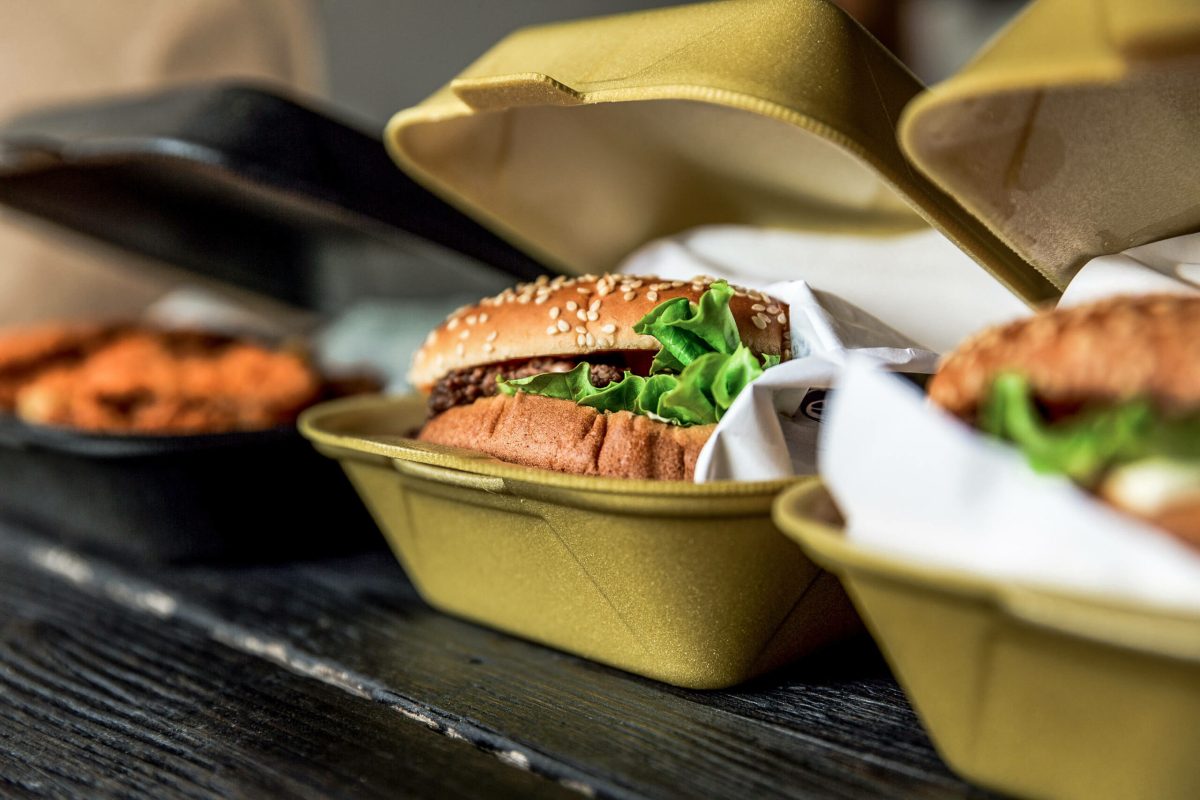
Image: AdobeStock | artursfoto
10. Use of robotics
“Artificial Intelligence is the next evolution for food service operators; drone delivery and driverless delivery – AI is here to stay,” says Miick. Despite widespread enthusiasm and funding in this sector, the reality of a robotic 2022 is slightly less realistic due to high technology start-up costs.
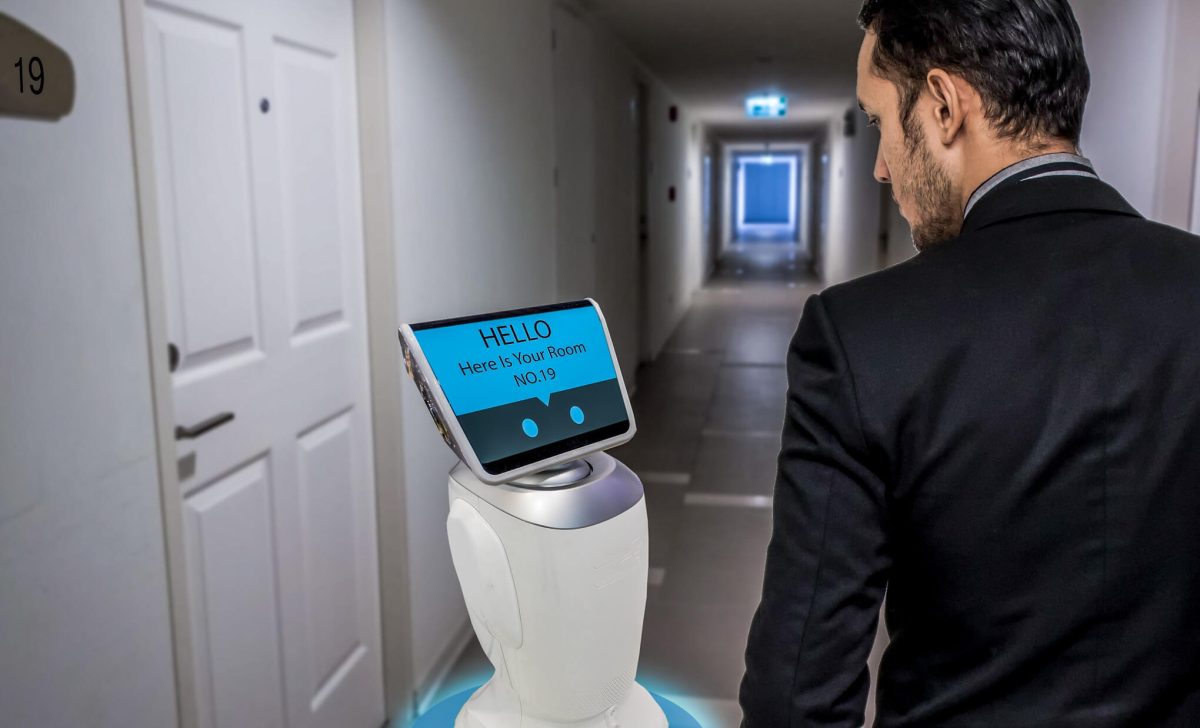
Image: AdobeStock | Monopoly919
“Robotics is a big future topic, but I don’t see it becoming major in 2022,” says Leuschner. “Integrating more optimization into kitchens is starting slowly. The first steps will be in automated packaging or sorting to reduce labor in kitchens. In the coming years we will see fully automated kitchens as a widely accepted concept.”


